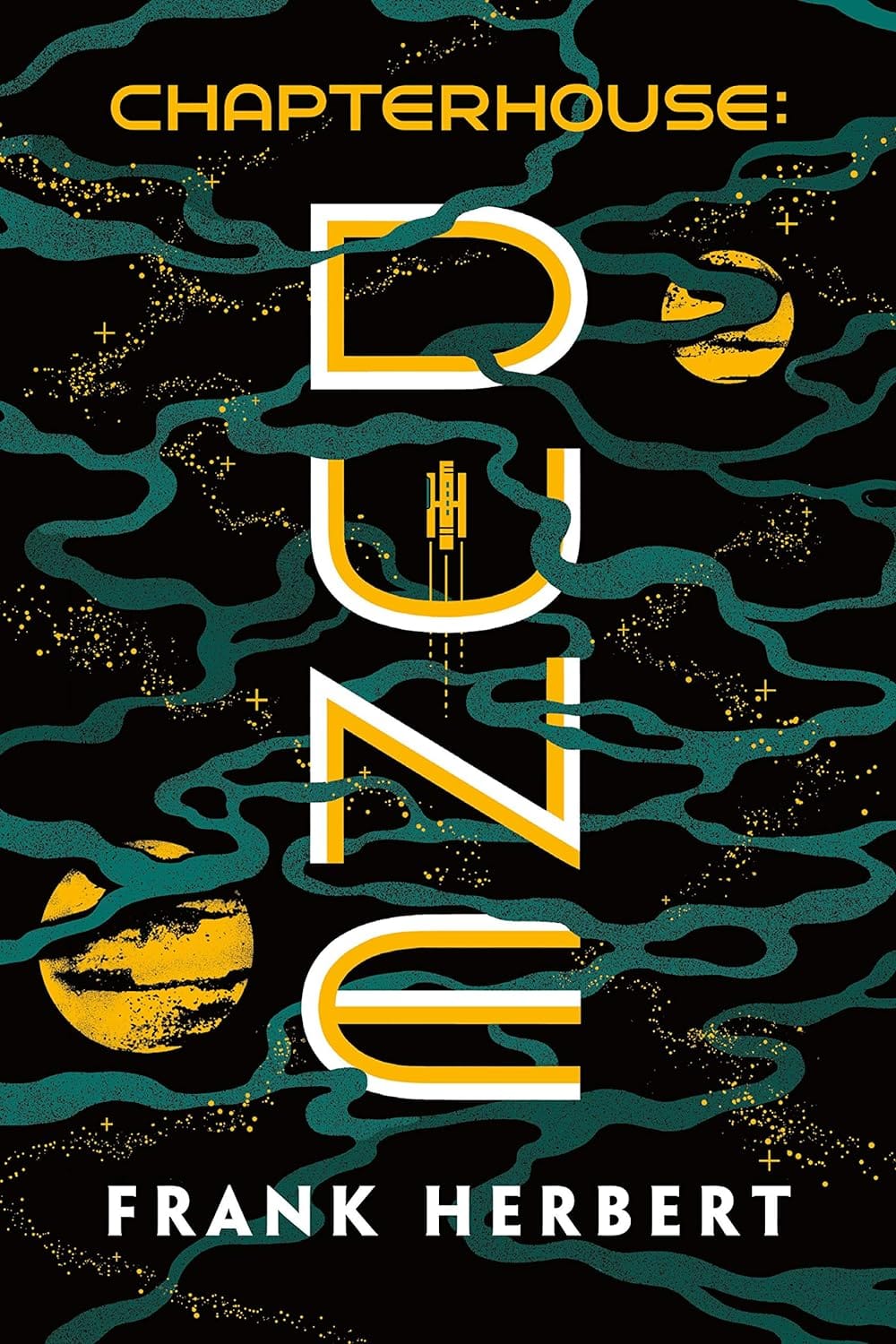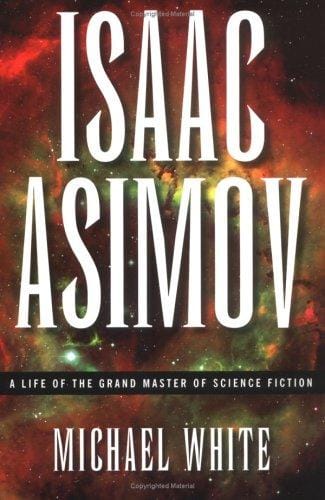Chapterhouse Dune: Themes, Characters, and Legacy of Frank Herbert’s Finale
Explore the plot, themes, characters, and lasting legacy of Frank Herbert's Chapterhouse Dune in this in-depth 800-word guide.

Introduction: The Climactic Volume of an Iconic Saga
Published in 1985, Frank Herbert’s Chapterhouse Dune brings the author’s original Dune cycle to a tantalizing, if deliberately open-ended, conclusion. Set years after the decimation of the galactic empire by the Honored Matres, the novel follows the desperate efforts of the Bene Gesserit Sisterhood to preserve humanity’s future while forging new paths that challenge their own ancient dogmas. For fans and newcomers alike, understanding this sixth volume is essential to grasping the scope, ambition, and philosophical depth of the most celebrated science-fiction series ever written.
Plot Overview: Survival, Strategy, and Unfinished Business
The story opens on the planet Chapterhouse, a secret sanctuary the Bene Gesserit are terraforming into a second Arrakis after the original desert world’s destruction. Mother Superior Darwi Odrade leads the Sisterhood as it balances three perils: the vengeful Honored Matres, the political demands of the Spacing Guild, and the ecological uncertainty of producing new sandworms—and thus the invaluable spice melange. Odrade’s bold gambits include promoting the ghola child of Duncan Idaho, attempting diplomacy with Matre commander Murbella, and weaving a complex mentorship for the precocious acolyte Sheeana, who can control the fledgling worms.
As rival factions clash, Herbert ramps up the tension through subtle conversations, inner monologues, and sudden action. The climax sees Odrade launch a high-risk assault on the Matres’ stronghold while Duncan and a group of allies flee into an uncharted section of space. The novel ends on a cliff-hanger, underscoring Herbert’s view that history and evolution never truly stop—an audacious choice that fuels ongoing debate about what might have followed had the author lived to write the next installment.
Major Themes Explored
Adaptation and Evolution
Throughout Chapterhouse Dune, Herbert argues that survival hinges on flexibility. The Bene Gesserit, once champions of rigid genetic planning, must evolve their mission or risk annihilation. By hybridizing with the Honored Matres and reshaping their political stance, they personify Darwinian adaptation on both biological and cultural levels.
Power and Responsibility
Herbert never portrays power as inherently evil; rather, he warns of stagnation when institutions forget their original purpose. Odrade’s and Murbella’s uneasy alliance illustrates the burden of wielding authority in a galaxy where one misstep can doom trillions. The novel asks a timeless question: Who guards the guardians?
Ecology and Interdependence
The creation of a new desert ecosystem on Chapterhouse dramatizes humanity’s recurring attempt to control nature—and the potential hubris involved. Herbert’s meticulous attention to soil cycles, climate manipulation, and the life-cycle of sandworms reminds readers that ecological systems resist simple engineering and thrive on interdependence.
Key Characters and Their Arcs
Darwi Odrade embodies strategic pragmatism and maternal compassion, uniting seemingly contradictory qualities to guide the Sisterhood through crisis. Duncan Idaho, resurrected countless times, grapples with hidden memories planted by mysterious enemies, serving both as weapon and wildcard. Murbella, once a deadly Matre, transforms under Bene Gesserit tutelage, hinting at a new socio-political synthesis. Finally, Sheeana offers a glimpse of a future generation that may transcend current power structures through her intuitive bond with the sandworms.
World-Building: A Second Arrakis
Herbert’s vision of Chapterhouse as a laboratory for ecological rebirth is central to the plot and symbolism. The novel explains how specific bacteria, desert flora, and sandtrout must be introduced in precise sequences to create a sustainable environment. This careful detail anchors the story’s philosophical speculations in convincing science, reinforcing the broader Dune theme that environment shapes culture as profoundly as politics or religion.
Place in the Dune Series
While earlier volumes like Dune and Children of Dune foreground messianic prophecy, Chapterhouse Dune pivots toward institutional continuity and the hazards of dogma. Its narrative ties back to the Golden Path initiated by Leto II, showing that his centuries-long tyranny was only one stage in a much longer human journey. Reading the book therefore widens appreciation for Herbert’s grand design: a multi-millennial saga about steering civilization away from disastrous sameness, even if the price is perpetual uncertainty.
Legacy and Influence
Despite its unfinished threads, Chapterhouse Dune has inspired scholars, game designers, and filmmakers with its sophisticated portrayal of matriarchal politics and ecological engineering. Concepts like the Honored Matres’ sexual imprinting techniques crop up in modern cyberpunk and space-opera narratives, while Herbert’s emphasis on systems thinking influences contemporary discussions about climate change and AI misalignment. The book’s cliff-hanger also paved the way for the officially sanctioned sequels by Brian Herbert and Kevin J. Anderson, keeping the franchise alive for new generations.
Reading Tips for First-Time Explorers
1) Refresh your memory of Heretics of Dune, as many character motivations carry over directly. 2) Keep a glossary handy; Herbert’s dense terminology rewards patience. 3) Read slowly, savoring the epigraphs at the start of each chapter—they offer philosophical cues that illuminate later events. 4) Don’t expect neat closure; approach the ending as an invitation to imagine the next evolutionary leap for humanity.
Conclusion: Why Chapterhouse Dune Still Matters
Nearly four decades after publication, Chapterhouse Dune remains a masterclass in speculative storytelling. Frank Herbert combines gripping intrigue with big-picture questions about power, ecology, and the unpredictable currents of history. Whether you are a veteran of the series or an adventurous newcomer, this novel challenges you to confront uncomfortable truths: survival demands change, freedom courts chaos, and the future is always in motion. Reading it today not only completes an iconic saga but also sharpens our lens on the complex world we inhabit.



